An Arctic Fox napping in the sunshine, Northern Alaska. r/wildlifephotography
Animals Arctic foxes Overview Threats FAQs How can you help? What is an Arctic fox? The Arctic fox looks similar to the common red fox but smaller, furrier, and pure white in colour. Its compact body features a number of adaptations that allow it to live in the icy Arctic regions.

2. The Arctic fox has the warmest pelt of any animal found in the Arctic, enduring temperatures
The Arctic fox ( Vulpes lagopus) was thought to have evolved in Europe as the ice sheet expanded when a glacial period swept the Earth about 2.6 million years ago. But fossil evidence now suggests.
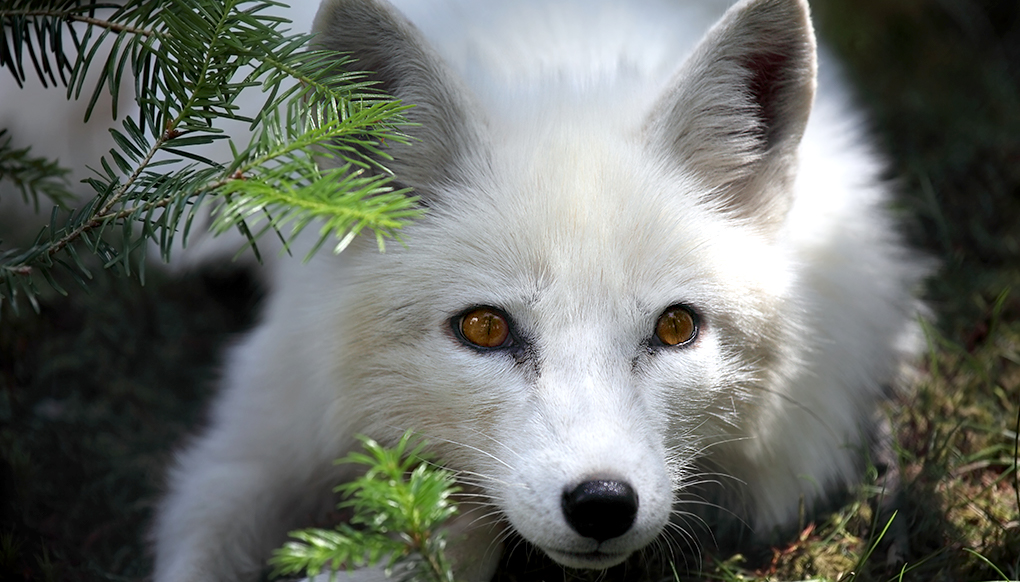
Arctic fox San Diego Zoo Kids
Sistemas con refrigerante. Arctic Fox® puede diseñar a medida y suministrar sistemas completos e independientes de calentamiento de fluidos para equipos móviles y fijos. Nuestros sistemas de calefacción funcionan con las baterías de CC presentes y/o con el suministro de combustible del vehículo para producir la máxima potencia térmica.
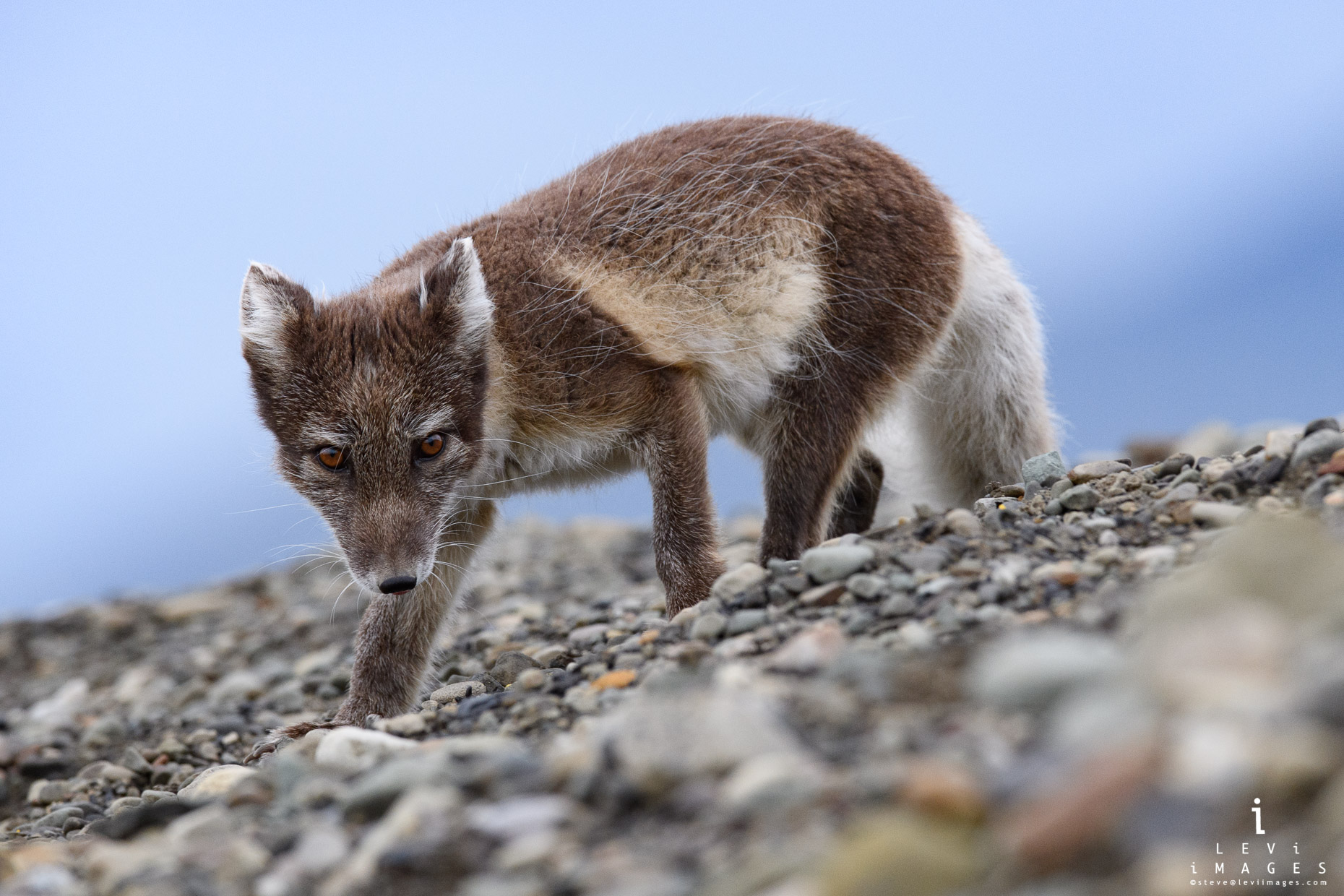
Arctic fox (Vulpes lagopus) summer coat brown. Svalbard, Norway
Arctic foxes are built to survive the harshest, coldest conditions of the polar regions of the Northern hemisphere. Hear what makes these iconic creatures un.
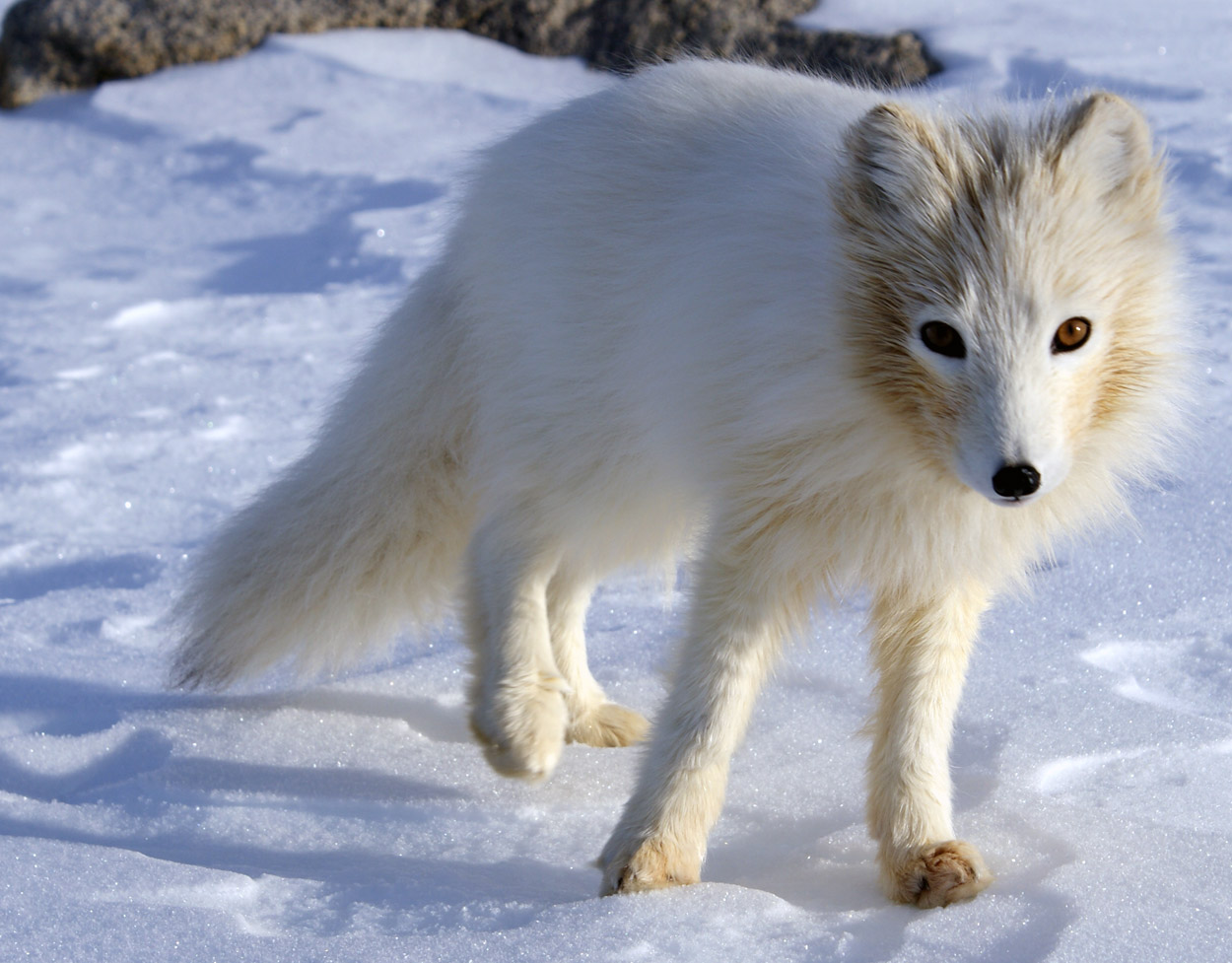
Arctic Fox Facts and Adaptations Vulpes lagopus / Alopex lagopus
The Arctic fox is the smallest member of the canid family in Canada. Despite being in the same family as large wolves, the Arctic fox measures only 75 to 115 centimetres long. Even then, one-third of its length comes from its bushy tail. This fox is about the same size as a big house cat or a small dog, but don't be fooled - it is not a pet!
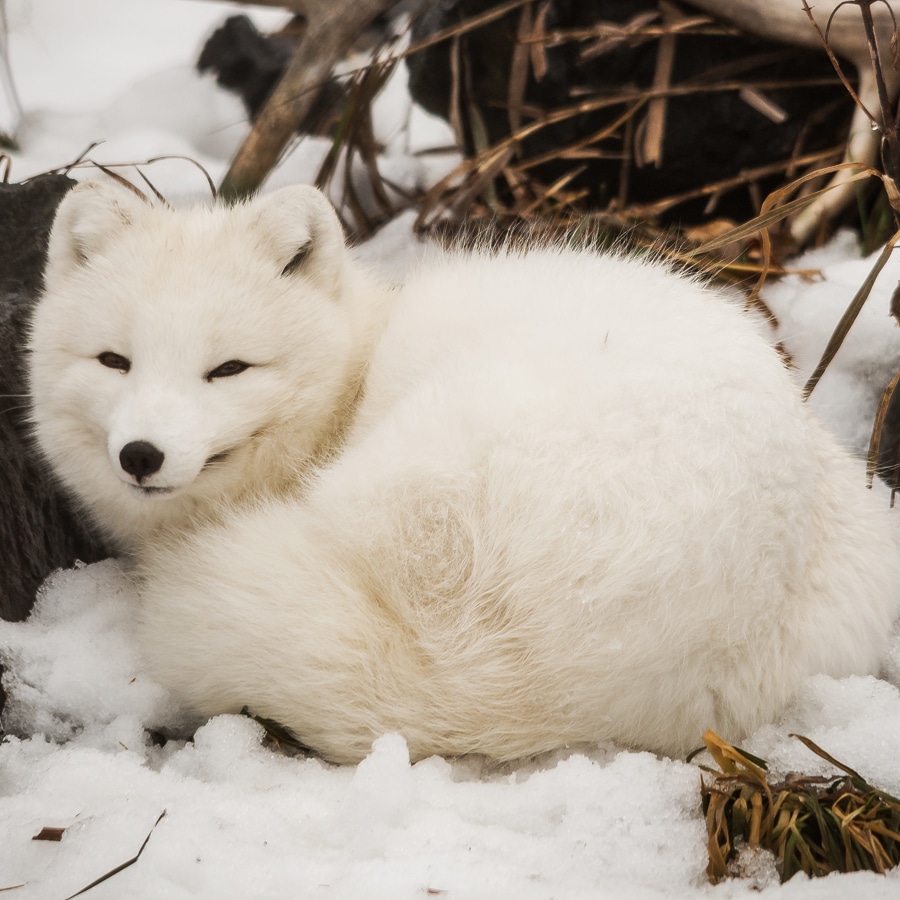
Arctic Fox Como Zoo Conservatory
The blue phase fox, has a long blue-gray coat in the winter and a shorter darker gray coat in the summer. Size. 109 cm (43 in.) Weight. 2.7 to 4.5 kg (6 to 10 lbs.) Diet. The Arctic Fox is an opportunistic predator and scavenger. In most inland areas, the species is heavily dependent on fluctuating rodent populations.

Arctic Fox Pictures, Diet, Breeding, Life Cycle, Facts, Habitat, Behavior Animals Adda
Arctic foxes are burrow dwellers; they stay warm by escaping the brutal winds and curling up in their dens, which are built in frost-free, slightly raised ground. When they can't get cozy at home, they curl their bodies into a tight ball with their legs and head behind the furry tail for warmth.

Arctic Fox Alopex lagopus ZooChat
As winter nears, arctic foxes shed their dark fur and begin growing all white fur to blend in with the snow and ice. Their changing color helps keep these foxes hidden year-round. Changing.

Arctic Fox Facts 40 Frosty Facts About These Furry Foxes
Arctic fox, ( Vulpes lagopus ), northern fox of the family Canidae, found throughout the Arctic region, usually on tundra or mountains near the sea. Fully grown adults reach about 50-60 cm (20-24 inches) in length, exclusive of the 30-cm (12-inch) tail, and a weight of about 3-8 kg (6.6-17 pounds).
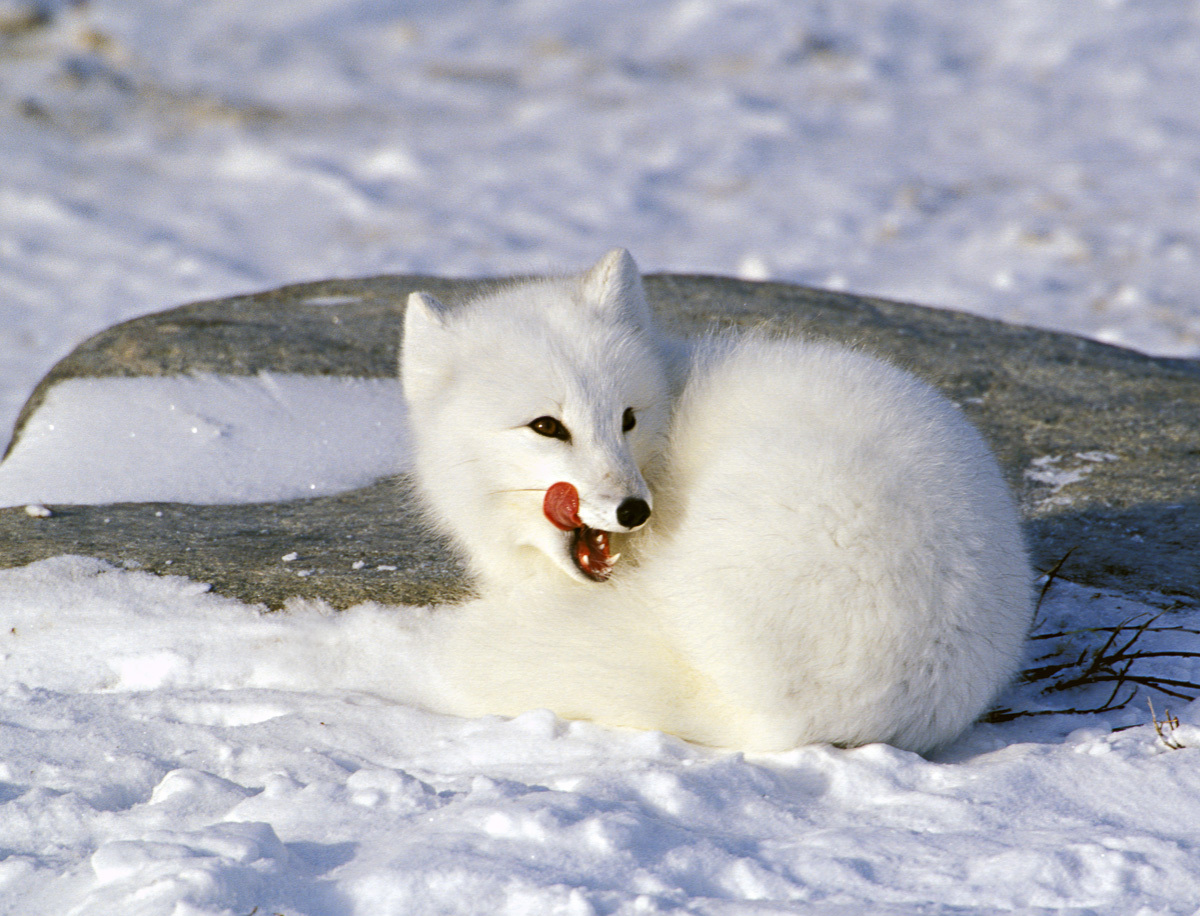
Arctic Fox Encyclopedia of Life
Home Mammals Arctic Fox Arctic Fox White fox, Snow fox, Polar fox 13 languages Kingdom Animalia Phylum Chordata Subphylum Vertebrata Class Mammalia Order Carnivora Suborder Caniformia Family Canidae Genus Vulpes SPECIES Vulpes lagopus Population size Unknown Life Span 3-14 years Top speed 45 km/h mph Weight 1.4-9.4 kg lbs Height 25-30 cm inch

Arctic Fox Animal Facts Vulpes lagopus AZ Animals
The Arctic fox is primarily a carnivore that lives inland, away from the coasts. They are dependent on the presence of smaller animals (most often lemmings) to survive. Arctic foxes also hunt for sea birds, fish, and other marine life.

Meet The Beautiful Arctic Fox The Hardiest Of All The Arctic Animals Science Club
The Arctic fox ( Vulpes lagopus ), also known as the white fox, polar fox, or snow fox, is a small fox that belongs to the family of Canidae, native to the Arctic regions of the Northern Hemisphere and common throughout the Arctic tundra biome.

Meet The Beautiful Arctic Fox The Hardiest Of All The Arctic Animals Science Nature
Physical Description In winter, the Arctic fox is white, but in the summer its coat becomes thinner and changes to a brown and yellow colour. Size Length: 85cm Tail: 31cm Weight: average 3.5kg Diet The Arctic fox eats Arctic hares and some birds and bird eggs.
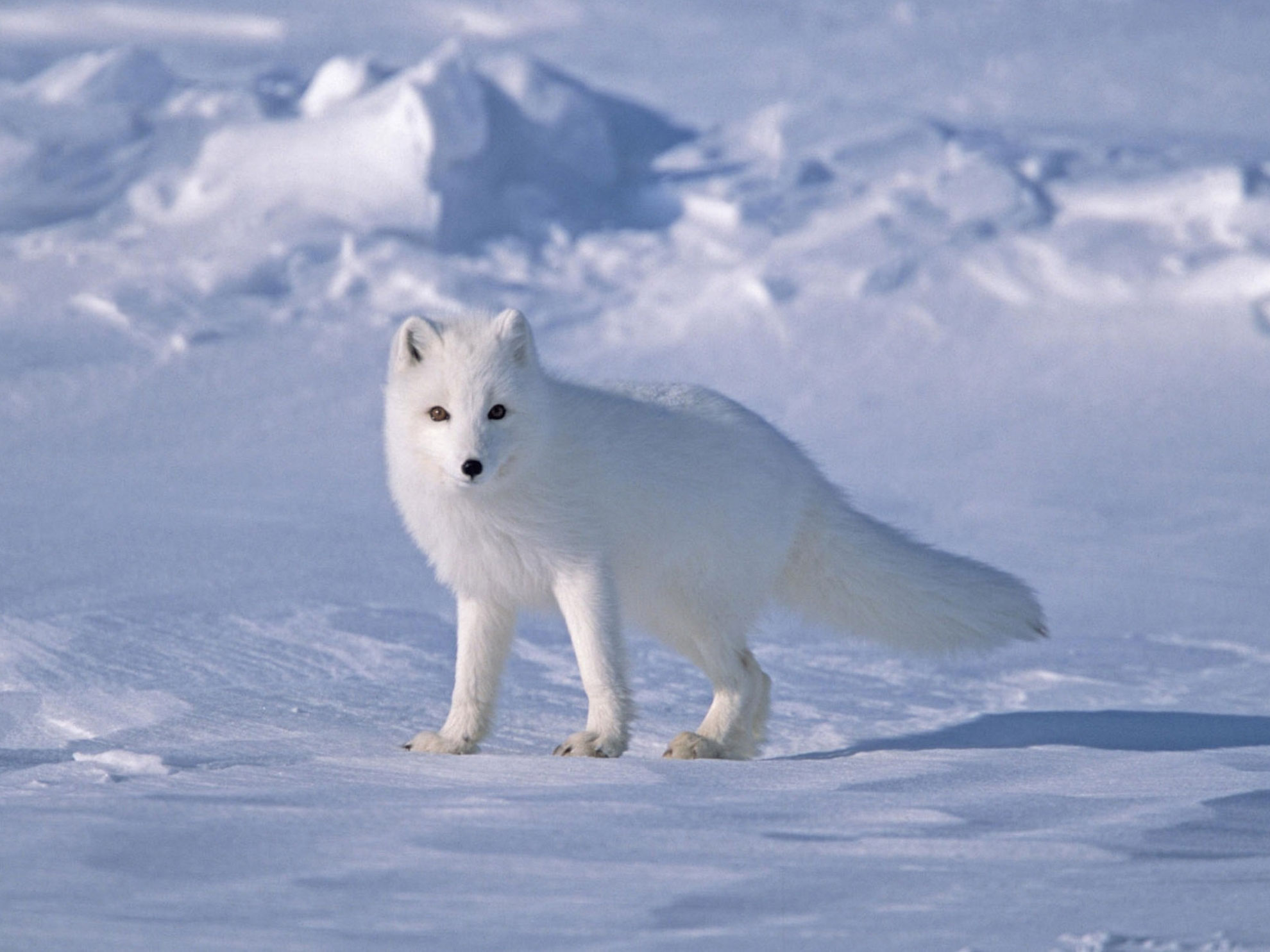
Arctic Foxes Too Beautiful for Their Own Good Wild Edens Project
Diet: Omnivore. Life span: 3-6 years. Size: 18-26 ft (length of head and body) Weight: 6.3-21 lb. Habitat: Tundra and pack ice. Range: Arctic tundra. Scientific name: Alopex lagopus. Adapted to live in some of the harshest conditions on earth, the Arctic fox can survive in temperatures as low as -58˚F (-14˚C).
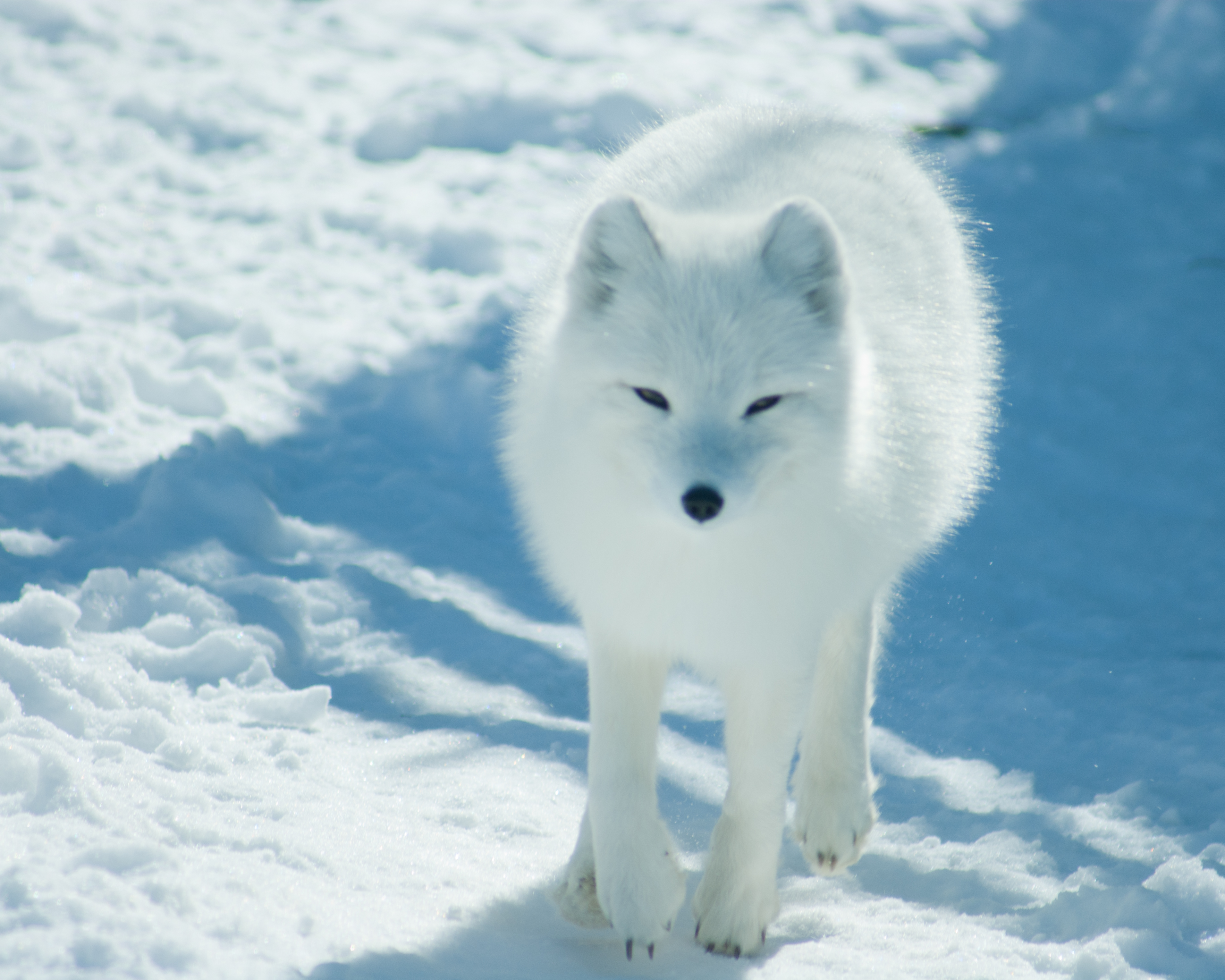
Arctic Fox Pictures, Diet, Breeding, Life Cycle, Facts, Habitat, Behavior Animals Adda
Vulpes lagopus Type: Mammals Diet: Omnivore Group Name: Skulk, leash Average Life Span In The Wild: 3 to 6 years Size: Head and body: 18 to 26.75 inches; tail: up to 13.75 inches Weight: 6.5 to 17.
.jpg/1200px-Iceland-1979445_(cropped_3).jpg)
Volpe artica Arctic fox xcv.wiki
Arctic Fox Common Name: Arctic foxes Scientific Name: Vulpes lagopus Type: Mammals Diet: Omnivore Group Name: Skulk, leash Average Life Span In The Wild: 3 to 6 years Size: Head and body: 18.